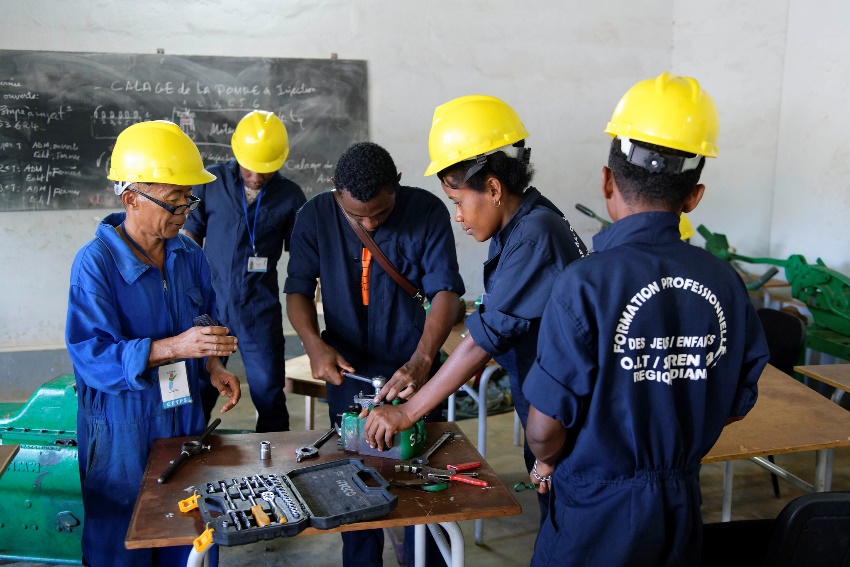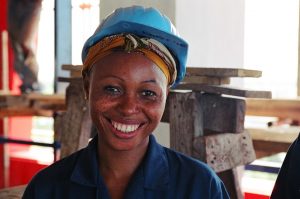Are Children Really Learning? Exploring foundational skills in the midst of a learning crisis
English
International organizations
Information is gathered from other international organizations that promote skills development and the transition from education and training to work. The Interagency Group on Technical and Vocational Education and Training (IAG-TVET) was established in 2009 to share research findings, coordinate joint research endeavours, and improve collaboration among organizations working at the international and national levels.

Access to training

Access for all to good quality education, vocational training and workplace learning is a fundamental principle of social cohesion and economic growth. Some groups of people may require targeted attention if they are to benefit from education, training and employment opportunities.
This is particularly the case for disadvantaged youth, lower skilled workers, people with disabilities, and people in rural communities. The attractiveness of vocational education and training is enhanced when combined with entrepreneurship training and when public policies encourage utilization of higher skills by business.
Lifelong learning

There is a critical need for a greater overall investment in education and training, particularly in developing countries. Education and training investments should be closely linked to economic and employment growth strategies and programmes. Responsibility should be shared between the government (primary responsibility), enterprises, the social partners, and the individual. To make lifelong learning for all a reality, countries will need to make major reforms of their vocational and education and training systems. School-to-work schemes for young people should integrate education with workplace learning. Training systems need to become more flexible and responsive to rapidly changing skill requirements. Reforms should also focus on how learning can be facilitated, not just on training for specific occupational categories.
Training quality and relevance

Youth employability

Globally, nearly 68 million young women and men are looking for and available for work, and an estimated 123 million young people are working but living in poverty. The number who are not in employment, education or training (NEET) stands at 267 million, a majority of whom are young women. Significantly, young people are three times as likely as adults (25 years and older) to be unemployed.
Skills development is a primary means of enabling young people to make a smooth transition to work. A comprehensive approach is required to integrate young women and men in the labour market, including relevant and quality skills training, labour market information, career guidance and employment services, recognition of prior learning, incorporating entrepreneurship with training and effective skills forecasting. Improved basic education and core work skills are particularly important to enable youth to engage in lifelong learning as well as transition to the labour market.
Case studies and good practices
Case studies that document good practices and illustrate the benefits and lessons learnt of particular approaches or methods in real practice.

Even before the onset of the COVID-19 pandemic, there were serious questions about whether children were actually learning. With widespread school closures and other disruptions to the education system brought about by the pandemic, the learning crisis has escalated to new heights. As the pandemic enters its third year, 23 countries – home to around 405 million schoolchildren – are yet to fully open schools, with many schoolchildren at risk of dropping out. Over the past two years nearly 147 million children missed more than half of their in-person schooling, amounting to 2 trillion hours of lost learning. Children have to get back to the classroom, but changes are needed to ensure that they really learn, starting with the foundational basics of reading and numeracy.
This report offers unique insight into the extent of the learning crisis by providing an in-depth picture of which children are most at risk of not acquiring foundational learning skills. The analysis of 32 low- and middle-income countries and territories uses newly released data to examine the equity perspectives of the crisis, exploring learning outcomes among different subgroups of children, with a focus on the most vulnerable.